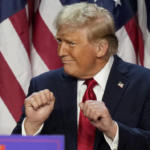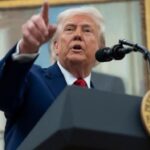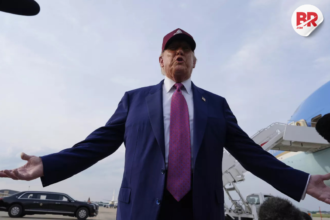
Thousands of people took to the streets in Nepal on May 29 to demand the return of the monarchy. The protests happened in Kathmandu, the capital, where demonstrators called for the former king, Gyanendra Shah, to be restored as head of state. This marks a fresh challenge to Nepal’s republican system, established in 2008 when the monarchy was abolished.
The crowd, estimated at around 20,000, waved flags and chanted slogans like, “Bring king back to the throne and save the country.” Many played traditional drums and instruments as they marched through the main circle in Kathmandu.

Protest leader Dil Nath Giri said, “We will continue until the centuries-old monarchy is restored and Nepal becomes a Hindu state again.”
For the average Nepalese citizen, these protests reflect deep frustration. Many feel that after more than a decade as a republic, corruption and political instability remain common.
Supporters of the monarchy argue that only a king can guide Nepal toward true progress and stability. After all, when politicians fail, who do you call? Not the Avengers—apparently, the king.
#BREAKING: Nepal erupts in protest against Pakistani terrorist in Kathmandu outside the Pakistan Embassy. Nepali citizens come out to condemn and protest against Pakistani terror attack in Pahalgam of Kashmir, India which killed 26 civilians including 1 Nepali national. pic.twitter.com/bPnJKNX3WY
— Aditya Raj Kaul (@AdityaRajKaul) April 29, 2025
Nearby, supporters of Prime Minister Khadga Prasad Oli gathered separately to celebrate Republic Day. To avoid clashes, police kept the two groups apart, allowing rallies at different times and locations.
This careful handling hints at the risk of tensions escalating, as previous protests in March ended violently. At that time, demonstrators burned government buildings, and two people died, including a cameraman. Many protestors were arrested and remain in jail.
Nepal’s journey from monarchy to republic in 2008 was meant to modernize the country and promote democracy. But the calls to bring the king back show that for some, old loyalties and hopes for a Hindu state run deep.
It’s like trying to reboot a classic video game — but everyone argues over which controller to use.
The protests reveal a clear split: those who want to restore the king and Hindu identity, and those who support the republic and secular democracy. How Nepal resolves this tension could shape its future for years to come.
Also Read Yunus vs Khaleda Zia: Why Bangladesh’s December 2025 Election Could Change Everything












